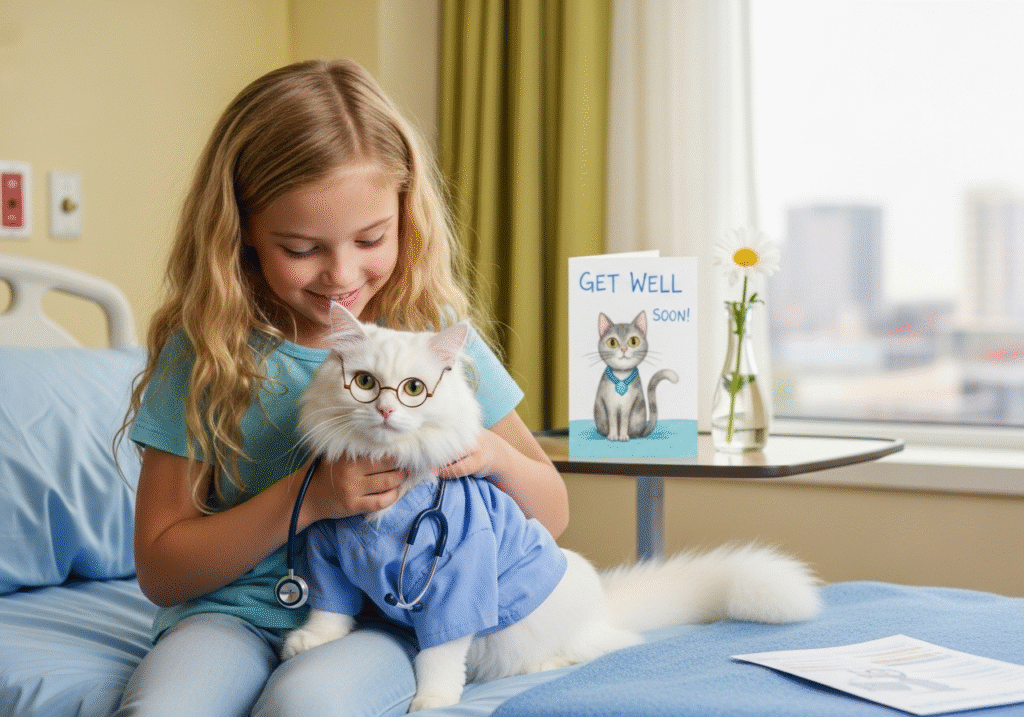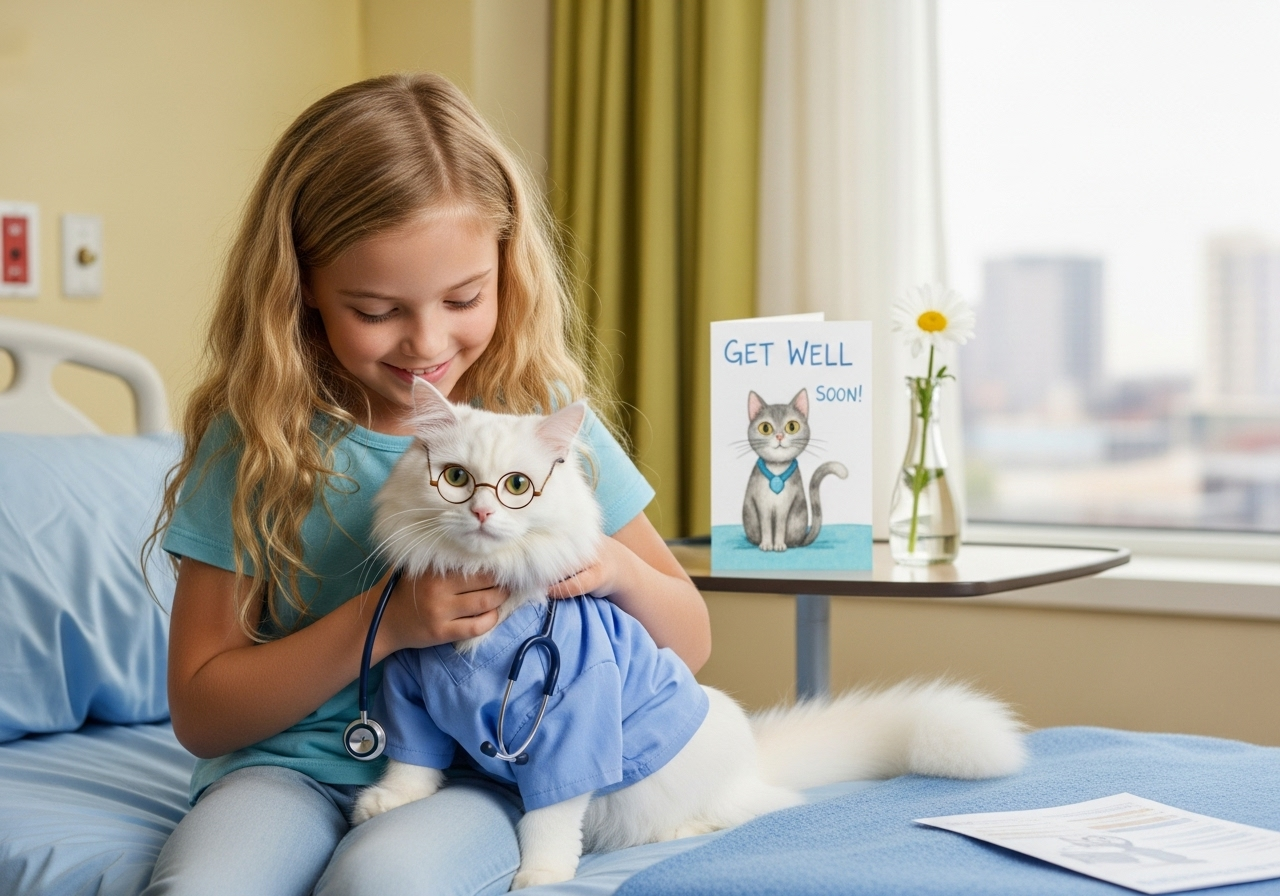
If you contract seasonal influenza, you have the right to take leave from work. However, this is generally recognized not as a “legally mandated prohibition of attendance,” but as a right to voluntary rest to protect your health, and an accommodation based on the company’s duty of care for safety.
As of 2025, the Labor Standards Act (LSA) does not specify compulsory attendance restrictions unique to influenza. However, in the interest of preventing the spread of infection, many companies establish rules referencing the standards of the School Health and Safety Act. Below is a summary of the relevant LSA provisions and key company rules, based on MHLW/Japanese Association for Infectious Diseases guidelines and practical case studies.
1. Basic Right and Duration of Leave for Influenza
| Item | Detail |
| Legal Basis for Leave | Labor Contract Act, Article 5 (Duty of Care for Safety): The company has a duty to protect employees’ health. Compelling attendance unnecessarily may constitute power harassment or illegal behavior. |
| Recommended Duration | Rest is recommended for 5 days after onset + 2 days after fever subsides (approx. 7 days total)(referencing School Health and Safety Act Enforcement Regulation, Article 19). Extension is possible if symptoms persist. |
| Legal Mandate | Unlike schools/daycares, there is no automatic “attendance prohibition” in companies. Voluntary rest is the baseline. However, if the company orders the leave, a leave allowance payment obligation arises. |
2. Relevant LSA Provisions and Application Examples
The LSA treats influenza as a “private sickness/injury” (shishoubyou) and governs wage handling for leave. Compulsory attendance is illegal.
| LSA Article | Content | Application to Influenza |
| Article 39(Annual Paid Leave) | Grants ≥10 days of paid leave per year to employees with ≥6 months of continuous service. Application cannot be rejected (even if business is busy). | Paid leave can be used for flu rest if the employee applies for it. It is illegal for the company to unilaterally assign paid leave unless the employee applies. 100% salary payment. |
| Article 26(Leave Allowance) | Requires payment of ≥60% of the average wage for leave due to reasons attributable to the company. | Required when the company orders the employee not to attend work (e.g., for infection control). For influenza alone, it is usually unnecessary (it is considered the employee’s reason), but is mandatory when commanded by the company (where 100% is the principle under Civil Law). |
| Article 119(Prohibition of Paid Leave Refusal) | Penalties (≤¥300,000) for refusing paid leave applications without due cause. | A paid leave application due to influenza cannot be refused on the grounds of “being too busy.” |
| Handling of Absences: | If no paid leave is used or applied for, the absence is unpaid. Influenza is treated as “private sickness/injury absence,” and salary deduction is permitted. | |
| Sickness and Injury Allowance (Shoubyou Teatekin): | Paid by health insurance (≈2/3 of salary, from the 4th consecutive day). Applicable if the employee is absent for ≥4 consecutive days due to the flu. |
3. Examples of Company Rules and Practical Responses
Companies often strengthen infection control by establishing unique rules in their employment regulations. In 2025, flexible responses, often incorporating remote work, are common.
| Rule Example | Content | Merits and Cautionary Points |
| Attendance Prohibition Rule(Based on School Health Law) | Prohibits attendance for 5 days after onset +2 days after fever subsides. Requires a medical certificate. | Adopted by many companies (e.g., large manufacturers). Leave is treated as unpaid absence or paid leave. Remote work is recommended if possible. |
| Sick Leave System | Specific paid/unpaid leave for influenza (e.g., 3 days unpaid). | Increasing in SMEs. Part-time employees are also covered, based on the Equal Pay for Equal Work Act. |
| Reporting Rule | Immediate phone/email report upon fever. Preventive standby for family infections. | Prevents spread. Potential for disciplinary action for non-reporting (rare). |
| Remote Work Integration | Home work is permitted for mild symptoms. Recommended by 2025 guidelines. | 100% wage payment. |
Recommended Company Response Flow:
- Symptom Report → Immediate medical consultation, obtain medical certificate.
- Leave Application → Confirm if paid leave is desired (Forcing is illegal).
- During Leave: Rest + Infection prevention (Masking, hand hygiene awareness).
- Return to Work: Confirmation of health status (Extension if fever recurs).
4. Caveats and Advice
- Company’s Right to Mandate Leave: The company has this right (Duty of Care for Safety). However, since this triggers the obligation to pay an allowance, voluntary rest is encouraged.
- Forcing Paid Leave is Illegal (NG): It incurs penalties and creates unfairness for employees without sufficient balance.
- High-Risk Individuals (Elderly/Pregnant): Special accommodation (Separate room/Priority leave).
- Case Example: Clusters occurred in infected companies during the 2024-2025 season → Trend towards strengthening leave rules (MHLW report).

